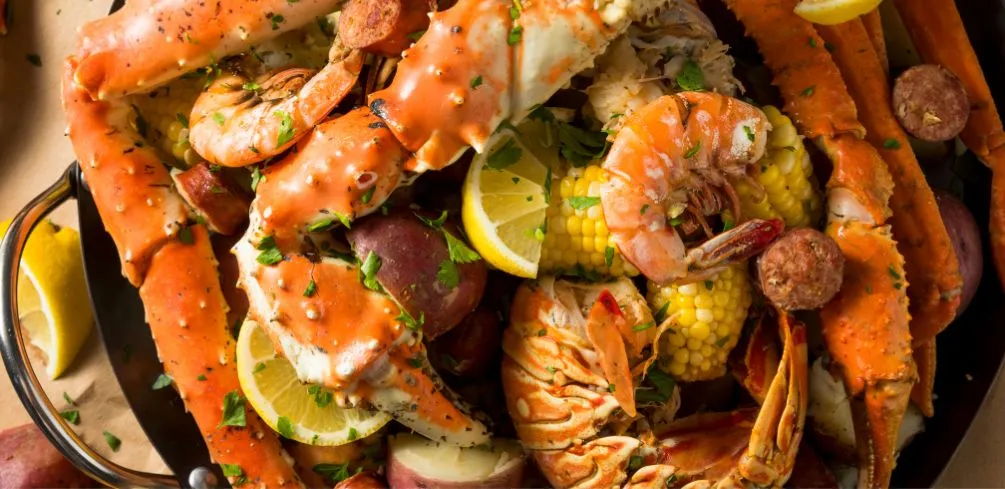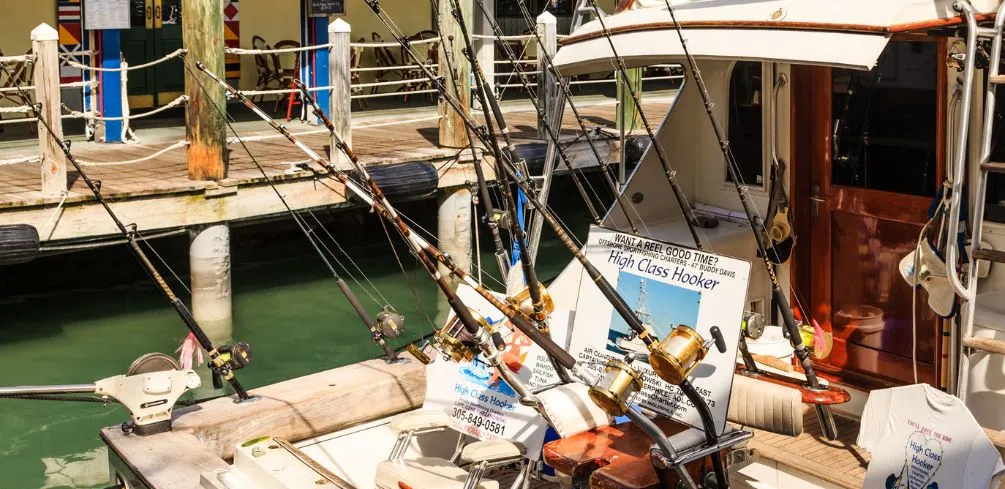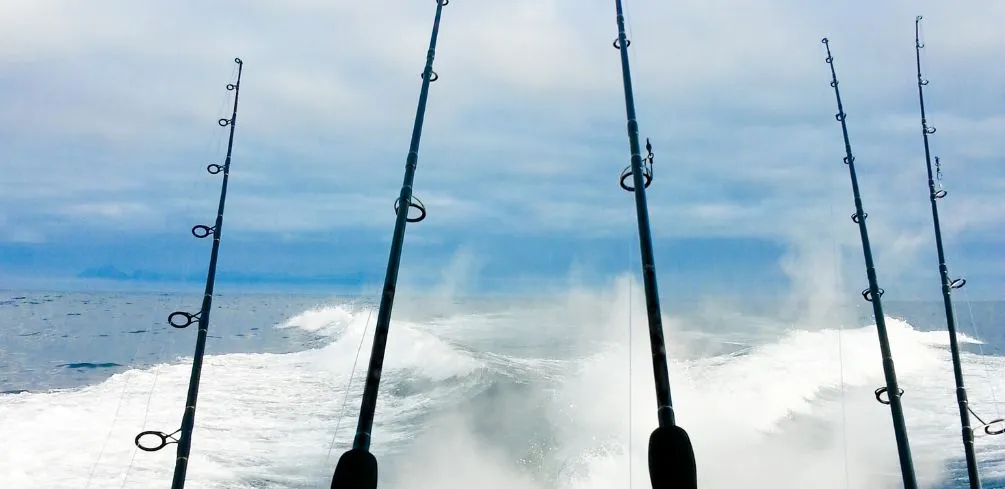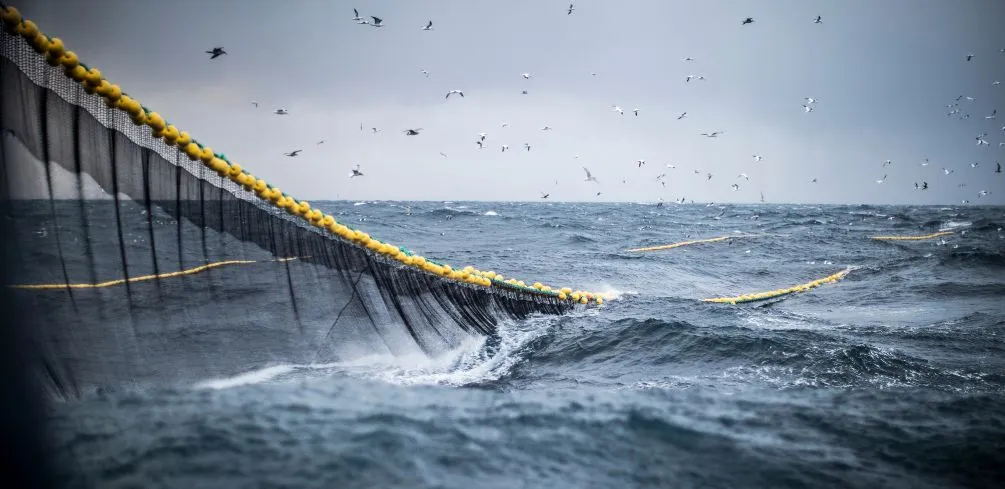The world is in dire need of sustainable seafood. With a growing population, overfishing has become an increasingly devastating problem.
But what exactly is sustainable seafood? And why does it matter? In this article, I’ll be exploring what sustainable seafood is and why it’s so important for the future of our planet.
First and foremost, let’s talk about what sustainable seafood means. Sustainable seafood refers to any type of fish or shellfish that has been caught or farmed in ways that don’t harm the environment or deplete fish stocks beyond levels that can naturally replenish themselves. It also means protecting ecosystems and preserving natural resources for generations to come.
Finally, let’s discuss why sustainable seafood matters. Sustainable fishing practices are essential for maintaining healthy marine ecosystems, reducing pollution, and preventing overfishing.
They also help to reduce by-catch – when non-targeted species such as dolphins and turtles are unintentionally caught in nets – while supporting local communities who depend on fishing as a source of income. All of this makes sustainable seafood an important part of protecting our planet’s precious natural resources now and in the future.
Definition of Sustainable Seafood
Sustainable seafood is an ocean-saving concept that’s changing the world. It’s nothing short of revolutionary! In this section, I’ll give you an overview of what sustainable seafood is, its definition and meaning, and its implications for us all.
Sustainable seafood is seafood that has been harvested in a way that protects marine ecosystems from depletion. This means that it meets certain standards for sustainability set forth by governments, industry associations, and other organizations.
For example, fishermen must use sustainable fishing methods such as using nets with smaller mesh sizes to reduce bycatch or using hooks with biodegradable baits to reduce pollution. Additionally, fisheries must be monitored and managed to ensure that fish stocks are not overfished or depleted beyond their ability to regenerate.
The implications of sustainable seafood are far-reaching. Not only does it help protect our oceans and the diverse creatures within them, but it also helps ensure that future generations will have access to healthy and abundant sources of seafood.
Additionally, sustainable seafood practices often create better working conditions for fishermen and can provide economic opportunities for coastal communities around the world. As we can see, sustainable seafood is vitally important for preserving our oceans now and into the future – no matter how small or large your contribution may be!
Impact Of Unsustainable Fishing Practices
Unsustainable fishing practices have a serious environmental impact. Overfishing, bottom trawling, and bycatch are all issues that put our marine ecosystems at risk.
Here are three devastating consequences of these practices:
- Overfishing leads to declining fish stocks, leaving vulnerable species on the brink of extinction.
- Bottom trawling destroys coral reefs and other habitats, disrupting fragile marine food webs.
- Bycatch captures non-targeted species, such as turtles and dolphins, in fishing nets, leading to their death or injury.
These unsustainable fishing practices damage our oceans and the creatures that inhabit them. It is essential that we take action to protect our precious marine ecosystems from further harm.
We must become aware of how our seafood choices affect the environment and make educated decisions when purchasing seafood products. By doing so, we can ensure that future generations will be able to enjoy healthy and sustainable seafood for years to come.
Benefits Of Sustainably Sourced Seafood
When it comes to sustainable seafood, the benefits are clear as day. Not only does it help preserve our oceans and their inhabitants, but it also helps us maintain a healthy lifestyle.
From reducing carbon emissions and supporting local fishing communities to providing us with nutritious meals, there are countless advantages of choosing sustainably sourced seafood.
Let’s start with the environmental impacts. Sustainable fisheries ensure that fish populations are maintained at healthy levels, and that ocean ecosystems stay in balance.
This means more fish for future generations to enjoy! Additionally, sustainable fishing practices can help reduce the amount of plastic and bycatch in our oceans. By purchasing seafood that is certified sustainable or caught using responsible methods, we can do our part in helping to protect our planet and its inhabitants.
On top of protecting the environment, sustainable seafood also has numerous health benefits for us humans. Eating sustainably caught fish is an excellent source of lean protein and essential nutrients such as omega-3 fatty acids.
Plus, there are no worries about over-fishing or other negative effects on the environment when you choose sustainably sourced seafood.
Overall, choosing sustainable seafood is one of the best decisions you can make for your health and the health of our planet – both now and in the future! So next time you’re out shopping for dinner ingredients or at a restaurant menu – skip over your usual dish and give something new (and sustainable) a try!
How To Identify Sustainable Seafood Sources
Now that we’ve discussed the benefits of sourcing sustainable seafood let’s take a look at how to identify sustainable seafood sources. In order to ensure that you are selecting seafood that comes from a sustainable source, there are several steps you can take.
First, consider the type of seafood you are purchasing. Some species of fish are more vulnerable to overfishing than others, so make sure you select a species that is harvested responsibly.
You should also look for seafood that is certified by organizations like the Marine Stewardship Council or the Aquaculture Stewardship Council. These organizations certify fisheries and aquaculture operations as being compliant with their standards for responsible harvesting and production practices.
Another way to find responsibly sourced seafood is to research the origin of your product. Seafood products often come with labels or tags indicating where they were caught or farmed.
Look for labels that indicate the product was harvested from a managed fishery or sustainably operated farm in order to ensure sustainability. Additionally, research the company or supplier providing the product and make sure they follow sustainable fishing practices and have policies in place to limit their environmental impact.
Whether you’re shopping for fresh fish at your local market or ordering it online, taking these steps will help ensure that you’re supporting sustainable fisheries and helping protect our oceans for future generations.
The Role Of Consumers In Supporting Sustainable Fisheries
It’s estimated that over 90% of the world’s fish stocks are either fully exploited or overexploited. This is a crisis for our oceans and for the seafood industry, which depends on healthy, sustainable fisheries.
Fortunately, consumers have an important role to play in helping to ensure that these fisheries remain viable and sustainable.
| Fish Source | Responsible Sourcing | Consumer Choice |
|---|---|---|
| Wild-Caught | Traceability & Accountability | Choose Responsibly Labeled Fish |
| Farmed | Ethical Practices & Transparency | Avoid Species with a High Risk of Pollution |
The first step is understanding the sources of fish: wild-caught and farmed. When it comes to wild-caught seafood, it’s important to look for traceability and accountability in the supply chain.
Consumers can make responsible choices by selecting seafood with labels like Marine Stewardship Council or Monterey Bay Aquarium Seafood Watch Certified. For farmed fish, ethical practices and transparency is key; consumers should avoid species with a high risk of pollution, such as salmon, shrimp and trout.
When shopping for seafood, it’s important to think about where it comes from and how it was caught or farmed. By choosing responsibly sourced fish, we can help support sustainable fisheries and protect our oceans for future generations.
Frequently Asked Questions
What Is The Difference Between Sustainable And Wild-Caught Seafood?
When it comes to seafood, many of us are unaware of the difference between sustainable and wild-caught. Sustainable seafood is sourced using practices that protect the environment and marine life, while wild-caught seafood is caught in its natural habitat without regulation or control.
Sustainable seafood relies on the use of responsible fishing practices that follow specific regulations to ensure the health of the ocean’s ecosystems. It also takes into consideration stock assessments and consumer awareness programs to protect species from overfishing.
On the other hand, wild-caught seafood involves harvesting fish from their natural habitats without any external controls or restrictions. This often leads to unsustainable fishing practices that can damage marine habitats and deplete fish populations.
The good news is that there are plenty of ways for consumers to make sure they are buying sustainable seafood. Look for brands with clear labeling that outlines where the seafood was sourced, as well as certifications from organizations such as Marine Stewardship Council (MSC).
Additionally, you can research online about which types of fish are considered sustainable and which ones should be avoided due to overfishing or poor management practices. By being informed about sustainable seafood and making better choices when choosing what type of seafood to buy, we can all help ensure healthy oceans for future generations.
Is Sustainable Seafood More Expensive Than Non-Sustainable Seafood?
When it comes to sustainable seafood, one of the most frequently asked questions is whether or not it is more expensive than non-sustainable options. The answer isn’t as straightforward as you might think.
While there is often a difference in price between the two types of seafood, the amount can vary depending on several factors.
The average price of sustainable seafood can be higher than that of non-sustainable varieties due to higher production costs and the fact that some sustainable sources are limited. However, this doesn’t always mean that the cost is significantly higher.
In fact, when looking at cost comparisons between sustainable and non-sustainable options, many times, there isn’t a large difference in price. This can make purchasing sustainable seafood more affordable for consumers who want to make an environmentally conscious decision with their food purchases while still staying within their budget.
On the other hand, if sustainability is your main concern then you may be willing to pay a bit extra for certified sustainable seafood products even if they do come at a slightly higher cost than their non-sustainable counterparts.
Ultimately, it’s up to you to decide what type of seafood you want to buy and how much you’re willing to spend on it – but knowing the potential price differences between sustainable and non-sustainable seafood can help inform your decision-making process.
How Can I Tell If The Seafood I’m Eating Is Sustainably Sourced?
Figuring out whether the seafood you’re eating is sustainably sourced has become increasingly important in recent years. If you want to make sure that the seafood you consume is responsibly sourced, there are a few key things to look for:
Sustainable Seafood Labeling:
- Many retailers and restaurants have begun labeling their seafood with sustainability certifications from organizations like the Marine Stewardship Council or the Responsible Fisheries Alliance.
- These labels will indicate which species of fish can be consumed without damaging the environment and which should be avoided.
Seafood Sustainability Certifications:
- It’s also important to look for certification programs that ensure responsible fishing practices, such as Ocean Wise or Aquaculture Stewardship Council.
- These programs certify that a particular fishery meets certain standards and is managed in an ecologically responsible way.
Sustainable Seafood Traceability:
- In order to ensure that your seafood is sustainably sourced, it’s important to trace it back to its source.
- Look for labels that provide traceability information, such as tracking numbers, country of origin, and fishing methods used.
Sustainable Seafood Sources:
- Another way to make sure your seafood is sourced responsibly is to buy from companies that specialize in sustainable seafood production.
- Many of these companies use sustainable methods such as aquaculture or ocean-friendly fishing gear in order to reduce environmental impact and protect marine life.
By following these tips, you can make sure you’re eating sustainably sourced seafood and supporting fisheries that are managed in an ecologically responsible manner. Doing so will help protect our oceans and preserve wild fish populations for future generations.
So next time you go out for a meal or shop for groceries, take a few extra minutes to read labels and check out where your food is coming from!
How Can I Support Sustainable Fisheries If I Don’t Live Near A Coast?
When it comes to supporting sustainable fisheries, those of us who don’t live near a coast might feel limited. But there are still plenty of ways to help out!
Whether you choose to support aquaculture farms and freshwater fisheries, buy from local fishermen, or invest in responsible aquaculture, your contribution will make an impact.
Here are some of the most effective ways that we can all get involved:
Aquaculture farms & freshwater fisheries:
- Investing in these types of businesses helps promote sustainable fishing methods and practices.
- Look for certifications such as Marine Stewardship Council (MSC) and Friend of the Sea (FOS).
Buying from local fishermen:
- Supporting local businesses not only boosts the economy but also ensures that seafood is sustainably sourced.
- It’s important to ask questions when buying seafood so you know exactly where it’s coming from.
Responsible Aquaculture:
- This type of farming helps reduce dependency on wild-caught fish and can help replenish fish stocks over time.
- Research different companies and look for certifications like Global Aquaculture Alliance (GAA) or Best Aquaculture Practices (BAP).
No matter which option you choose, each one has the potential to make a positive difference when it comes to supporting sustainable fisheries.
With so many ways to get involved, there’s no excuse for not doing our part! All it takes is a little effort and understanding – together, we can ensure that future generations have access to healthy and plentiful seafood sources.
What Regulations Currently Exist To Promote Sustainable Fishing Practices?
It’s important for us to be aware of the regulations that exist to promote sustainable fishing practices. This is especially true if we don’t live near a coast and want to do our part in supporting sustainable fisheries.
So what regulations currently exist to promote sustainable fishing practices?
Firstly, there are Fishing Quotas and TACs (Total Allowable Catch). These set limits on how much of a particular species can be caught each year. This helps prevent overfishing and ensures that fish stocks remain healthy.
Here are five key ways in which sustainable seafood regulations help protect the environment:
- They ensure that fishing operations are not carried out in areas where endangered species may be present.
- They reduce bycatch – the incidental catching of other marine life, such as dolphins or turtles.
- They provide incentives for fishermen to use more efficient technologies, reducing fuel costs and emissions from boats.
- They help conserve fish stocks by setting target levels of catch that must be met each year.
- They protect habitats by ensuring that fishing operations are not carried out in areas where fragile ecosystems may be disturbed or damaged.
Sustainable seafood regulations also help support local communities that rely on marine resources for their livelihoods. By protecting fish stocks, these regulations ensure that fishermen have an ongoing source of income and food security for their families.
Furthermore, they can help increase market opportunities for sustainable fisheries, allowing them to get better prices for their catches and providing a better quality product to consumers around the world.
It’s clear then that current regulations are essential for promoting healthy fisheries and protecting our oceans from environmental damage caused by unsustainable fishing practices. With this knowledge, we can all do our part in helping preserve our marine ecosystems now and in the future.
Conclusion
The sustainability of our seafood is essential for the health of both marine and human life. Just as a house needs a strong foundation to stand, we need sustainable fisheries to have a future.
It’s up to all of us to be mindful of the seafood we consume. We can do this by asking questions about where it was sourced, supporting sustainable fisheries, and understanding the regulations that exist around fishing practices.
Together, through our collective efforts, we can build a more secure foundation for our aquatic ecosystems and our own health.
Just like a house that needs its foundation in order to stand tall, we must lay down the groundwork for sustainable seafood if we want our oceans and ourselves to thrive. Let’s take action today so that future generations can enjoy healthy seafood!






